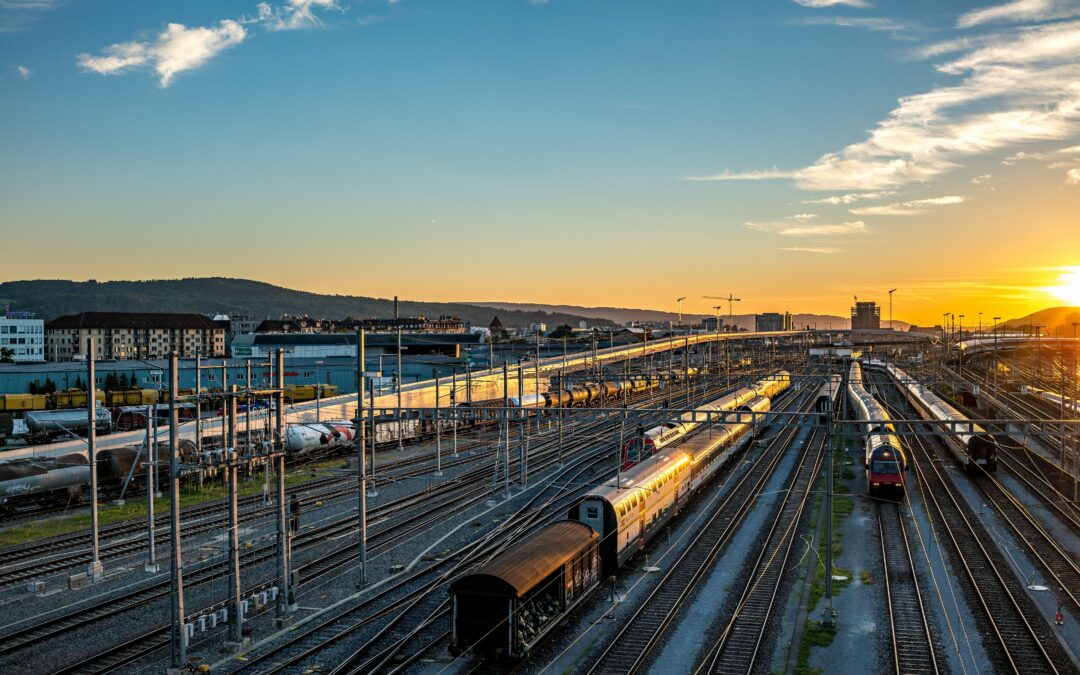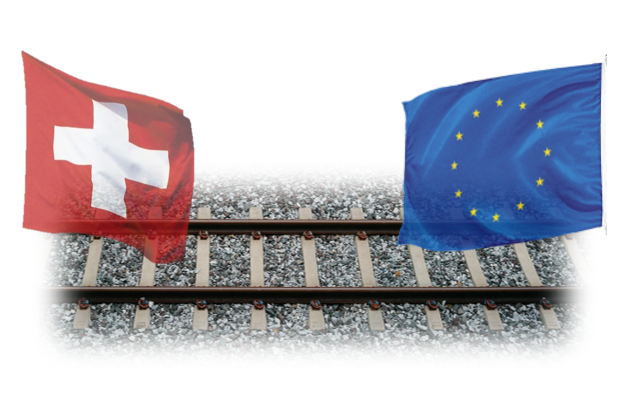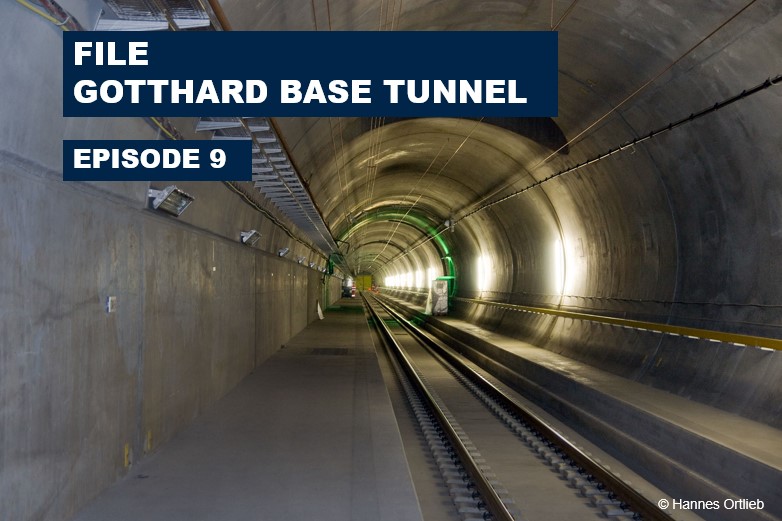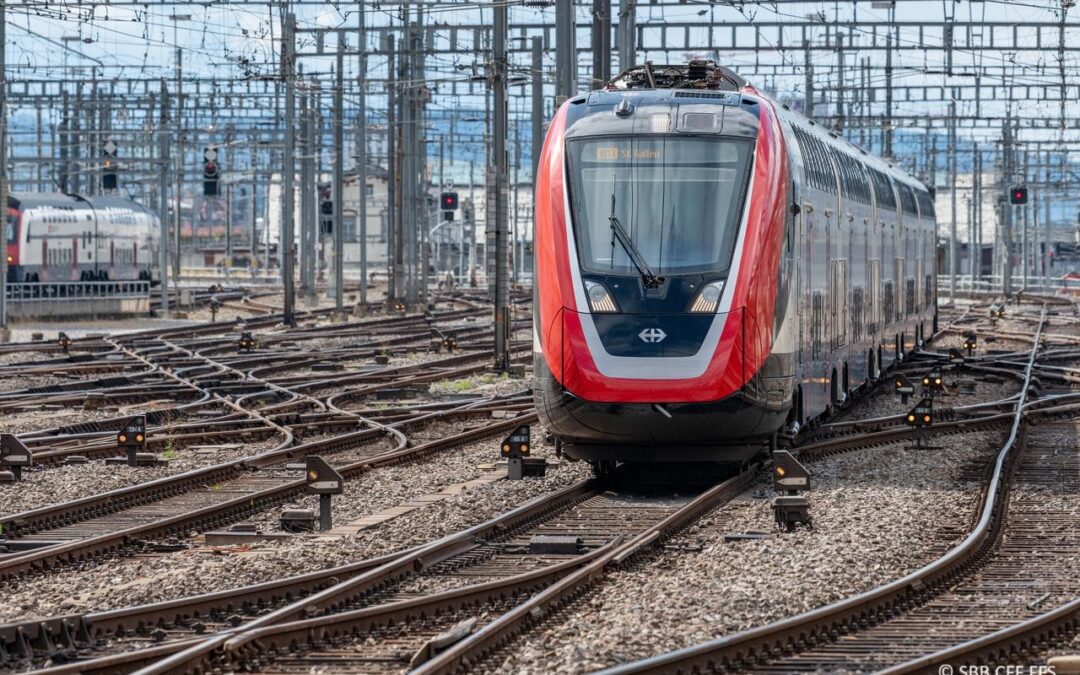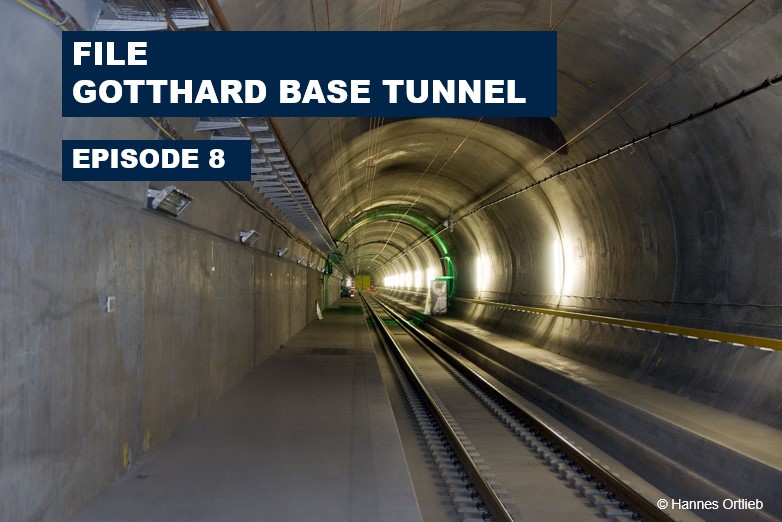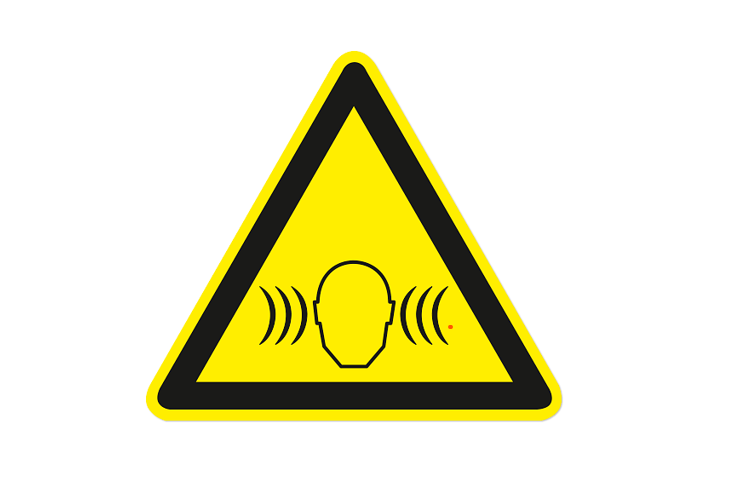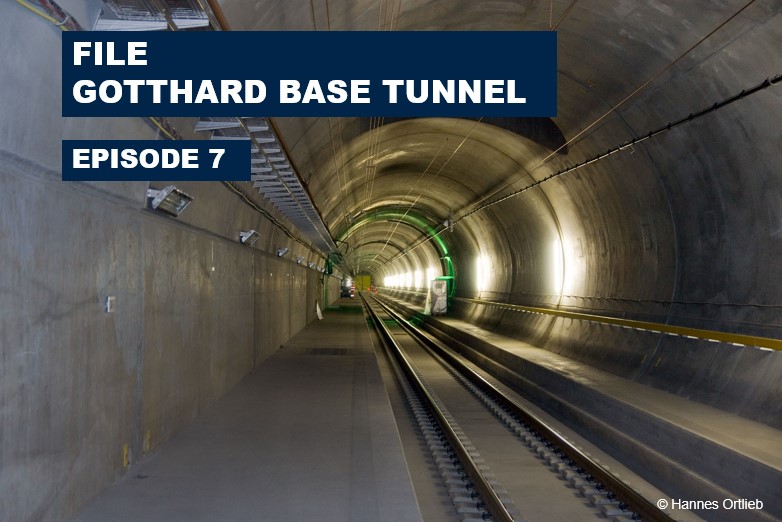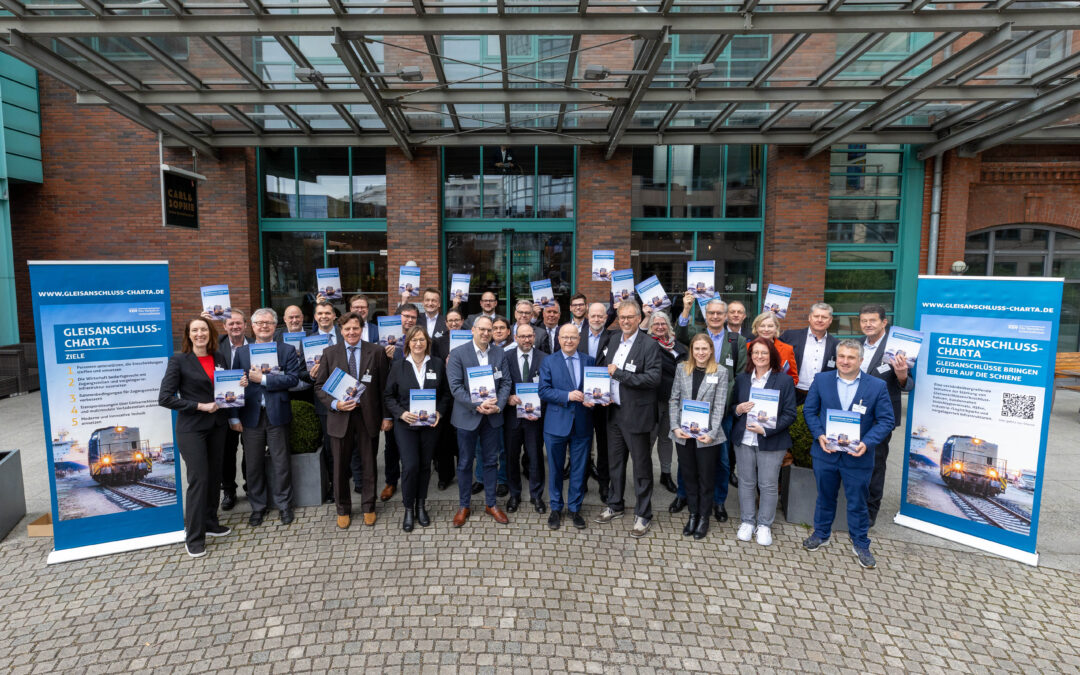
Rail Connections Charter 2024: a broad-based initiative for a strong rail system
On 31 January 2024, the rail sector presents the siding charter to the representative of the German government in Berlin. Signed by 56 associations across Europe, the initiative sets out concrete measures for the successful transformation of rail freight transport as part of multimodal logistics based on sidings and customer-oriented access points.
That's what it's all about:
- A better future for sidings and access points
- Key areas of action and concrete implementation proposals
- Utilising the strengths of the railway across national borders
A better future for sidings and access points
On 31 January 2024, the new siding charter was presented to Michael Theurer, Parliamentary State Secretary and Federal Government Commissioner for Rail Transport. This is a milestone for the future of rail freight transport in Europe and Switzerland. The co-signatories want to improve the future prospects of rail sidings and multimodal access points. We at the VAP have been involved in various working groups and have contributed our knowledge and experience. Regular dialogue of this kind is key to improving developments in the future of Swiss rail freight transport and its international connections.
Key areas of action and concrete proposals for implementation
The charter sets out five overarching goals and specifies measures that are crucial to the attractiveness and survival of rail freight transport.
- Support people who make and implement decisions. In the context of this claim, it is important to communicate the system knowledge and the possibilities of rail freight transport for multimodal logistics chains to political decision-makers.
- Equip the economy with access points and upstream infrastructure as required. In addition to securing and possibly expanding suitable locations, this also includes targeted financial support.
- Improve framework conditions for railway sidings and loading points. This primarily means reducing regulatory requirements and bureaucracy.
- Offer multimodal transport solutions via sidings and loading points. Rail freight transport is part of a multimodal logistics chain. Freight customers therefore need incentives for overall offers with a high proportion of rail transport from various providers.
- Use modern and innovative technologies. The transformation and use of new achievements such as digital automatic coupling (DAC) or data platforms is absolutely essential for rail freight transport (see blog post «Ready for the next level of digitalisation»).
Utilising the strengths of the railway across borders
The Siding Charter 2024 is supported by 56 associations, organisations and initiatives from the fields of industry, trade, logistics, construction, agriculture, timber, recycling and local authorities - including the VAP. These stakeholders will continue to participate in future work to refine and implement the solutions, and not just in Germany. After all, rail freight transport should be able to develop its strengths across national borders. Interested parties from Switzerland are welcome to contact Jürgen Maier.
Statements:
Joachim Berends, Vice President of the VDV Association of German Transport Companies:
«Since the first edition in 2019, many of the charter's proposals have already been implemented or are in the process of being implemented. But we are still a long way from reaching our goal, and further topics have been added. 56 signatory organisations are proposing measures to strengthen Germany as a business location with more and modern sidings - and to protect the climate.»
Dr Helena Melnikov, Managing Director of the German Association of Materials Management, Purchasing and Logistics (BME):
«We support the central demands of the charter to the best of our ability. The most important thing now is to reduce bureaucracy and simplify regulations. At the same time, the promotion of sidings must be improved, more commercial areas must be connected to the railways and new transport concepts must be created that incorporate sidings.»
Dr Frank Furrer, Secretary General of the VAP Association of the Shipping Industry:
«The cantons are already developing logistics and freight transport concepts for favourably located sites with good road and rail connections.The dispatch on the Freight Transport Act aims to lead rail freight transport out of archaic production conditions and make it fit to play a central role in multimodal logistics chains.The charter and dispatch therefore complement each other ideally for import and export transport.»
